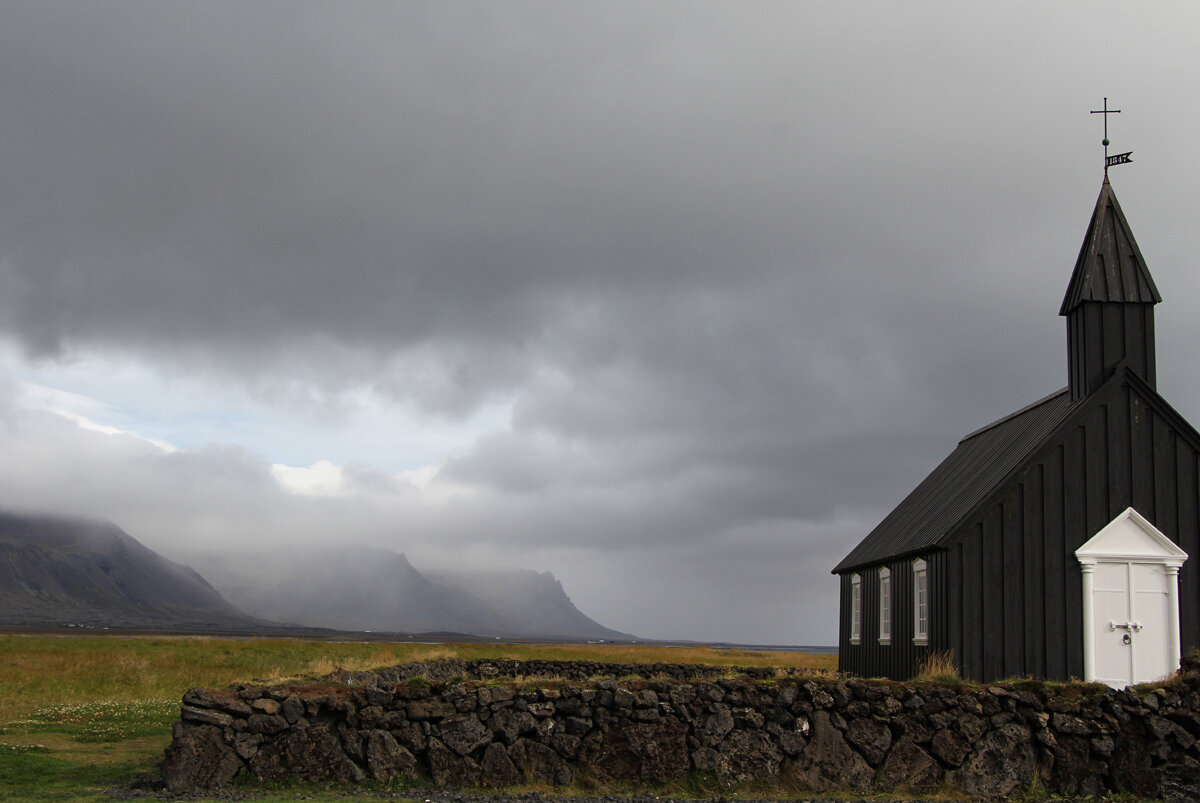With the Coronavirus/ Covid19 crisis upon us, brick and mortar museums and galleries are pausing their exhibition programming, postponing openings, or, in the most unfortunate scenarios, canceling exhibitions entirely. In light of this, Humble will from time to time feature entire exhibitions from galleries we admire, trust, and call our friends. Right now, we bring you Axis Gallery’s Portraits Without People - curated by Roula Seikaly.
While Seikaly conceived the idea long before we could even consider the potential for today’s pandemic, the exhibition, and its theme seem unintentionally ominous.
Each image from the exhibition appears below, paired with Seikaly’s statement and some installation shots. We encourage you to reach out to artists that catch your eye (their website links are in each image credit), and to the Axis Gallery for any purchase inquiries and updates.
In health, safety, and solidarity,
Humble Arts Foundation Editors
Installation photo: Nick Shepard
Portraits Without People. Curated by Roula Seikaly
Artists have pursued and perfected portraiture for thousands of years. Portraits define who we are, both individually and collectively, who we are not, as well as the identities we ascribe to ourselves and others. They are visual accounts of what we value, and what we reject.
Selected from more than 400 submissions, the photographs in this exhibition represent a range of photographic processes, posing questions that dig deep into broad yet related concerns. How do we define ourselves and our identity, beyond corporal presence within the visual frame? Can the definition of portrait stretch to include our physical environment, where we live, our passions and fears, the car we drive, or the food we eat? How can a photograph of something – anything – without an obvious human form be considered a portrait?
Images by Timothy Durant and Nicholas Gaffney suggest physical environments as a measure of national identity. Durant’s view of skyscrapers – gleaming glass and steel symbols of prosperity in a market economy – inadvertently references technology as it supplants heavy industry as the anchor of American prosperity.
An amusement park ride in Vermont that attracted Gaffney’s attention visualizes hard-fought middle-class leisure that, for current and future generations, seems out of reach as the wealth and income inequality maw widens. Considered together, these compositions convey a portrait of a nation as it reconciles a lauded origin story against its fading economic and cultural relevance on the international stage.
Numerous images address the overlap of individuals and institutions. Heather Briggs’ view of San Francisco’s hulking, Brutalist architecture-inspired juvenile detention center and Brett Leigh Dicks’ interior shot of a decommissioned New Mexico prison gesture to contemporary conversations about economic class, race, and prison sentencing reform. Jenny Balisle’s braille homage to Sandra Bland encompasses both to the horrors of anti-Black racism and the power of community to keep alive the names of those lost to state-sanctioned violence in all forms.
Installation photo: Nick Shepard
While some of the selected images reflect a world in crisis, others offer more intimate and optimistic views. Cheryl Guerrero’s vivid composition of a Guatemalan weaver’s wares illuminates artisanship and the small-scale entrepreneurial spirit that sustains families the world over. Sarah Malakoff’s living room portrait conveys personal aesthetic eccentricities and Kimo Williams, the sole image to include a human element, grasps the neck of his guitar as though he clings to life itself.
Portraits Without People demonstrates that we are products of the social and environmental contexts that shape us, our passions, our successes, and failures. Capturing subtle yet vital details as these artists have expands our understanding and appreciation of what fulsome beauty informs identity beyond the human face.
- Roula Seikaly, Curator.
© Zach Pardos
© Jacob Porta
© Kimo Williams





























